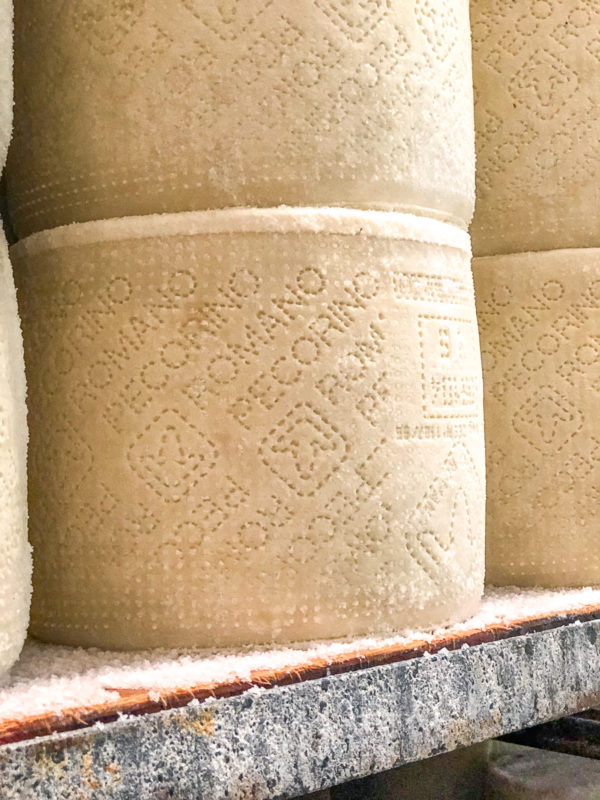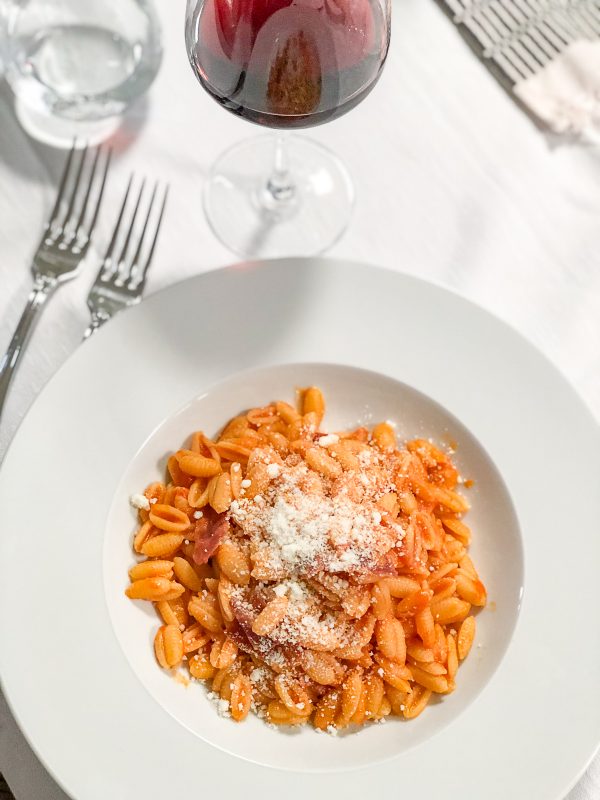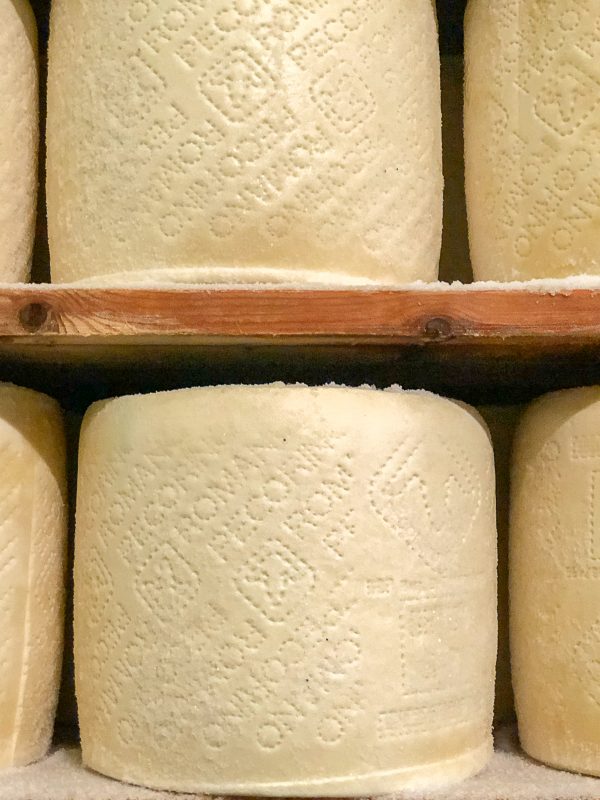Let’s learn all about Pecorino Romano, an Italian sheep’s milk cheese distinctive for it’s tangy, sharp, and salty flavor.

You know the classic question: if you were stuck on a deserted island, what is the one thing you would want? My answer is cheese. I can’t imagine life without cheese. When I go to a restaurant and look at a menu, I am really just looking for something made with cheese. One of my go-to cheeses is Pecorino Romano, which I grew up eating. I have been cooking with it since college.
So when Uncommon Flavors of Europe invited me to Sardinia to learn about Pecorino Romano, I was thrilled, and I worked the trip into my 101-day trip around the world.
Everything You Need to Know about Pecorino Romano
What is Pecorino Romano?
Pecorino Romano is a hard sheep’s milk cheese that has been produced in parts of Italy for over 2,000 years. It dates back to the time of the Roman Empire and Roman soldiers used to eat the cheese. The name Pecorino Romano refers to the Roman Empire, and not the city of Rome. Today, Pecorino Romano is still made the same way it was 2,000 years ago.

How is it produced?
Pecorino Romano is produced in Sardinia, Lazio, and Grosseto. 96% of the cheese is produced in Sardinia where the sheep graze on hilly and mountainous parts of the island eating grass and wild herbs. The sheep are not fed silo-stored foods.
Pecorino Romano is produced from October to July. During that time, fresh sheep’s milk is delivered to cheese production facilities daily. Once the milk arrives, it is tested and then it goes through a gentle thermalization. This is different from pasteurization, and Pecorino Romano is still considered to be a raw milk cheese.
The milk then goes into vats and whey starter and lamb rennet are added. Once the curd has set, it gets broken into small rice-sized pieces and transferred to large cylindrical molds. Then the cheese is coated with salt, placed on wooden shelves and aged for 5 to 8 months. Younger Pecorino Romano is slightly sweet, while Pecorino Romano that has been aged longer is sharper and saltier.
We visited CAO Formaggi a cooperative that produces cheeses using milk from Sardinian farmers. They meticulously track every step of the cheese production, down to who drove the truck of milk to the facility. They also have an interesting method for paying the farmers for their milk; the milk is tested and the farmers are paid based on the quality of the milk, not just the quantity.

How is it different from Parmigiano Reggiano?
The biggest difference is that Pecorino Romano is made with sheep’s milk and Parmigiano Reggiano is made from cow’s milk. Both are hard Italian cheeses with a sharp flavor. I think that Pecorino Romano has a slightly softer texture and an earthier flavor profile. While Parmigiano Reggiano can be aged for years, usually Pecorino Romano is aged for about 8 months.
What is the difference between Pecorino Romano, Romano, and Pecorino?
Pecorino Romano is a cheese with a Protected Designation of Origin (PDO) and it is produced in the way that I described above. Because of the strict guidelines followed by the shepherds and cheese production facilities, Pecorino Romano has a consistent flavor and quality.
Pecorino is a more general term and it can refer to cheeses made in other regions using different techniques. Romano is another general term and it can refer to cheese made with cow, sheep, or goat milk, or a blend of milk. Romano is not a term with PDO designation and is not protected by any laws to guarantee it’s quality.

How do I serve it?
The options are endless. I love it in a salad with arugula and pear. Serve it along with charcuterie or on a cheese board. Grate it over pasta, or pair it with bold Italian wine. There is no wrong way to eat it!

Where do I buy it?
Pecorino Romano is widely available at grocery stores in America. You want to check the rind for the words Pecorino Romano and the symbol of a stylized sheep’s head, this is a sign that the cheese is authentic Pecorino Romano PDO.
You want to purchase a chunk of Pecorino Romano with the DPO designation. If you buy grated Pecorino Romano in America, it doesn’t have the PDO label and you can’t be certain of its authenticity.
My trip to Sardinia to learn about Pecorino Romano was sponsored by Uncommon Flavors of Europe. The opinions expressed are my own.
